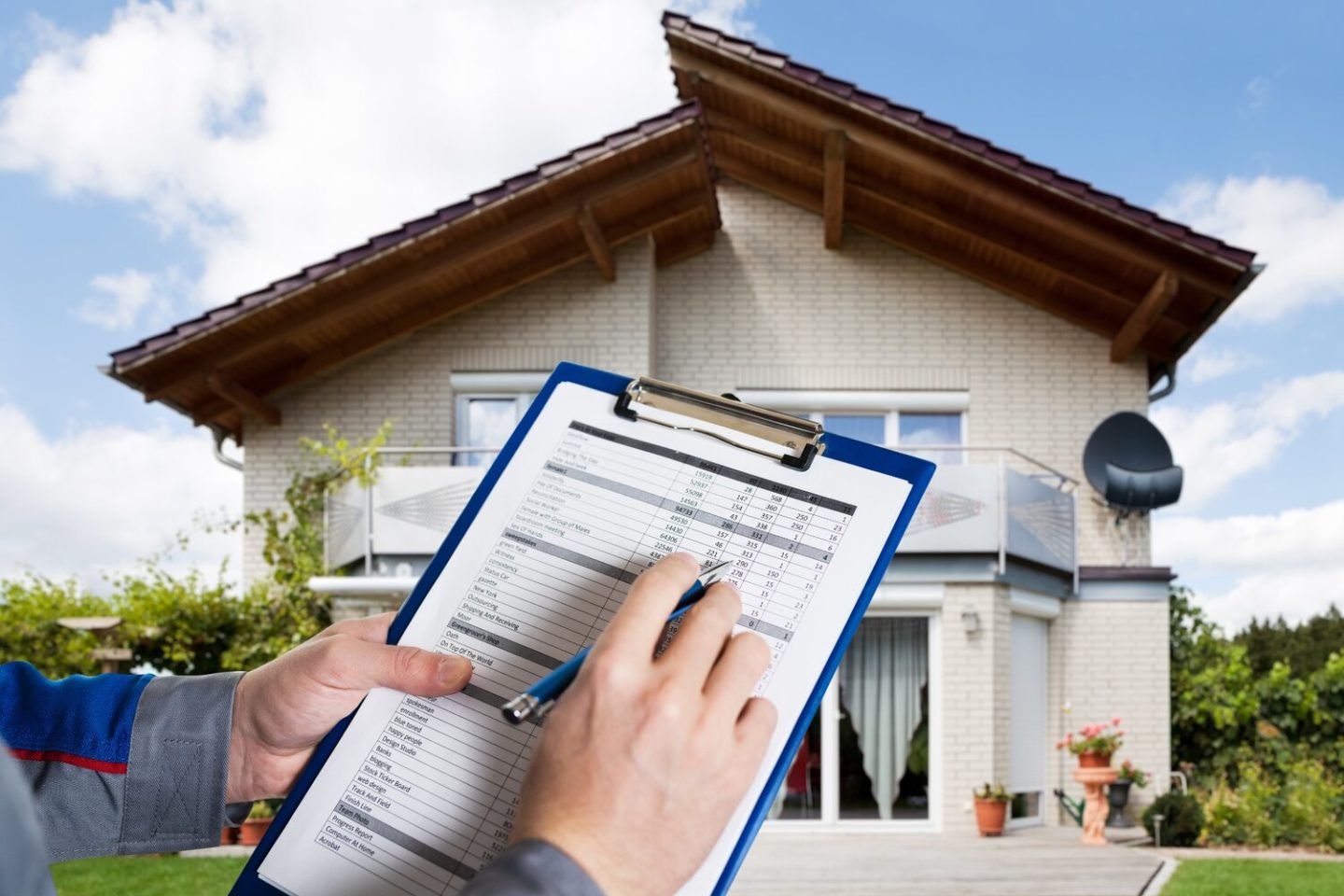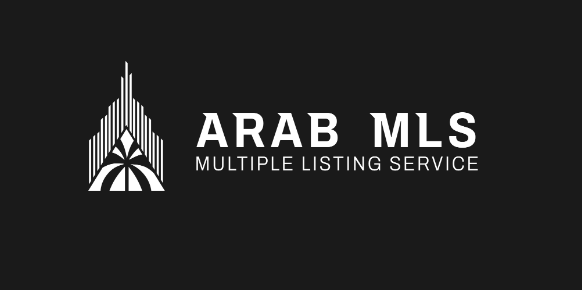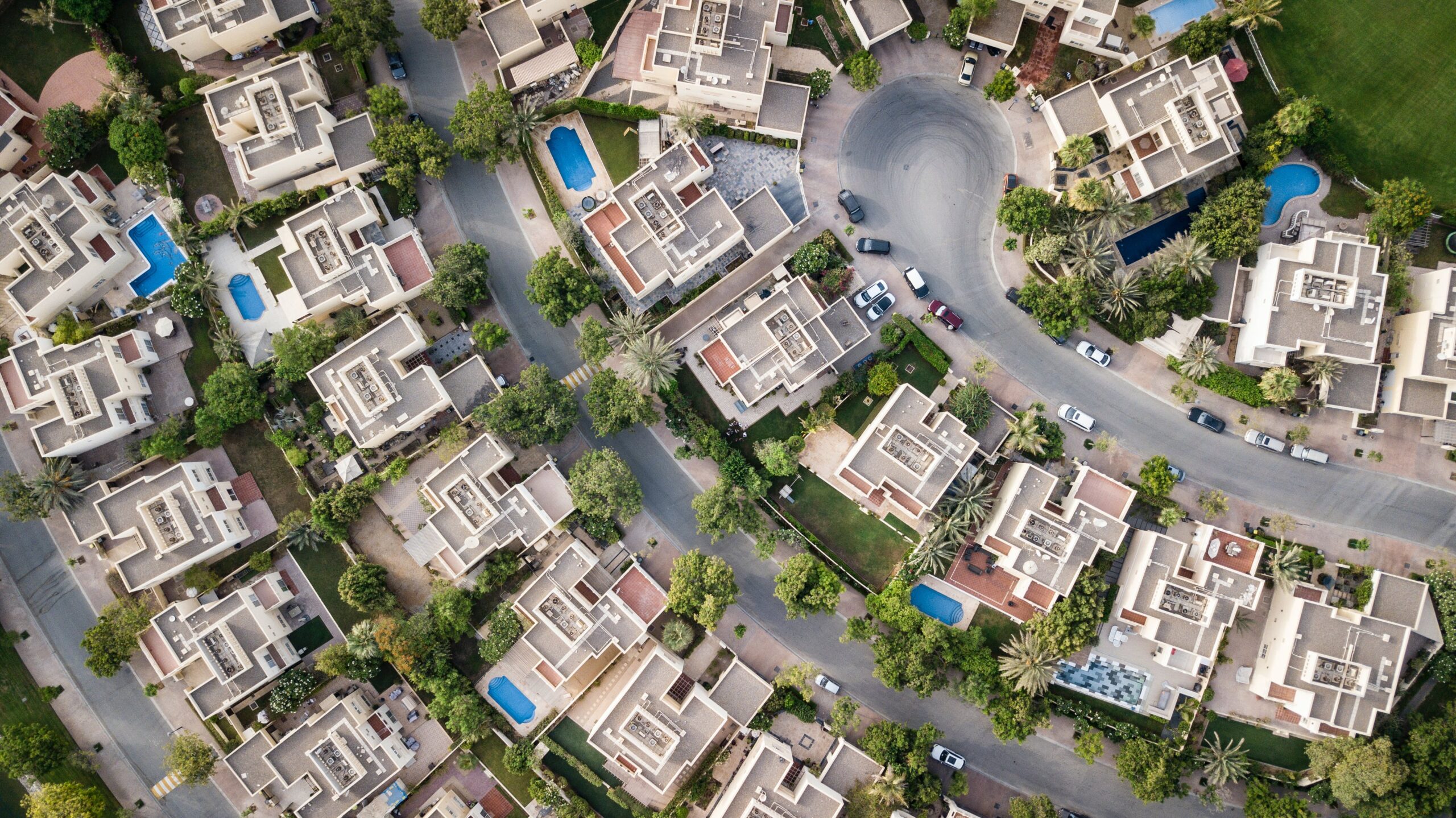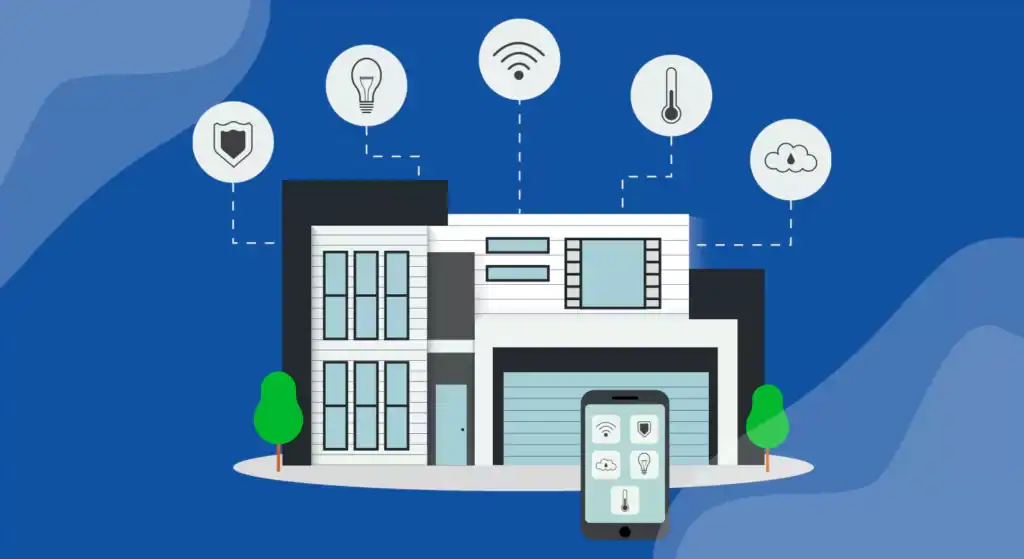The real estate industry is undergoing a paradigm shift. Amid growing environmental awareness and a global push toward sustainability, buyers and investors are increasingly prioritizing green buildings and eco-friendly communities. However, existing Multiple Listing Services (MLS) often fail to highlight sustainable features, making it difficult for eco-conscious buyers to identify properties that align with their values. This has led to a new niche opportunity: creating MLS platforms specifically focused on sustainable properties.
This article explores the rationale, features, benefits, and challenges involved in developing MLS platforms centered on sustainability, and how such platforms could become a powerful catalyst for environmental change in real estate.
The Case for Sustainable MLS Platforms
Conventional MLS systems are indispensable tools for real estate professionals, aggregating property listings and streamlining transactions. However, most do not systematically include environmental data—such as energy efficiency ratings, solar installations, sustainable materials, or walkability scores—leaving a significant gap in the market.
With the real estate sector responsible for nearly 40% of global carbon emissions (according to the World Green Building Council), the need to promote greener buildings has never been more urgent. An MLS focused on sustainability serves a dual purpose: it empowers consumers to make environmentally responsible choices and incentivizes developers and homeowners to incorporate sustainable features that boost property value and appeal.
Key Features of a Sustainable MLS
Green Certification Filters
Include filterable criteria for third-party certifications such as LEED (Leadership in Energy and Environmental Design), ENERGY STAR, Living Building Challenge, and Passive House. These serve as standardized indicators of a property’s sustainability.
Energy and Water Efficiency Data
List specific metrics like energy use intensity (EUI), insulation R-values, renewable energy systems (e.g., solar panels, geothermal), and water conservation systems (e.g., greywater recycling, low-flow fixtures).
Carbon Footprint and Emissions Data
Provide estimates of a home’s operational carbon footprint, allowing buyers to assess long-term environmental impact.
Smart Home Technology
Highlight homes equipped with smart thermostats, energy management systems, and appliances that enhance efficiency.
Sustainable Building Materials
Include details on the use of non-toxic paints, reclaimed wood, recycled steel, or other sustainable construction materials.
Community and Lifestyle Integration
Map features like proximity to public transportation, bike lanes, farmers markets, and green spaces, helping users evaluate the sustainability of the location, not just the structure.
Lifecycle Cost Analysis Tools
Offer calculators to estimate total cost of ownership (TCO), factoring in utility savings and maintenance for sustainable homes, which often reduce long-term expenses despite higher upfront costs.
User Education and Ratings
Provide articles, videos, and community reviews to help users understand sustainability metrics and experiences from previous buyers.
Benefits for Stakeholders
Buyers and Renters
Sustainable MLS platforms simplify the search for eco-friendly homes, aligning purchasing decisions with personal values. They also help buyers make more informed financial choices by emphasizing long-term savings through efficiency.
Sellers and Developers
Highlighting green features can increase a property’s marketability and resale value. Developers gain a direct channel to target eco-conscious consumers, reinforcing the business case for sustainable design.
Real Estate Professionals
Agents using sustainable MLS platforms can differentiate themselves by offering expert guidance in a rapidly growing niche. This specialization can open up new market segments and lead to stronger client loyalty.
Governments and Policymakers
Aggregated data from these platforms could help municipalities monitor green building trends, enforce environmental regulations, and shape urban planning policies.
Technological Considerations
To succeed, a sustainable MLS must leverage modern tech infrastructure:
-
AI and Machine Learning for personalized recommendations based on user preferences.
-
APIs for seamless integration with certification bodies, public energy databases, and GIS systems.
-
Blockchain for verifiable green credentials and ownership records.
-
Mobile-first Design to cater to today’s mobile-savvy consumers.
Importantly, sustainability filters must be consistent and standardized across listings. Data collection can be challenging, but partnerships with certification agencies and local governments can ensure accuracy and reliability.
Challenges and Solutions
Data Availability and Accuracy
Not all properties have complete sustainability data. A hybrid approach involving self-reported features, third-party certifications, and remote sensing (e.g., satellite imagery for solar panels) can help fill gaps.
Standardization Across Regions
Green building standards vary by country and even by city. MLS platforms should localize listings while also offering a common framework for comparison.
Adoption by Industry Professionals
Some agents may be reluctant to learn new platforms. Education, certification programs, and incentives can accelerate adoption.
Higher Costs for Green Features
Though long-term savings are significant, the higher upfront cost of green homes may deter some buyers. Tools that highlight lifecycle cost savings can mitigate this barrier.
The Path Forward
As climate concerns intensify, consumers are demanding more from the homes they buy—not just comfort and location, but energy efficiency, reduced carbon impact, and a role in a sustainable future. MLS platforms focused on sustainable properties meet this demand head-on, creating transparency and driving innovation across the industry.
To fully realize this vision, collaboration is key. Technologists, real estate professionals, sustainability experts, and policymakers must come together to design, build, and promote these platforms. With the right incentives and infrastructure, a green MLS could become not just a competitive advantage but a new industry standard.
In the end, real estate is more than just buildings—it’s about the communities we create and the planet we leave behind. By connecting the right people to the right properties, sustainable MLS platforms can help shape a greener, smarter, and more resilient future for all.
Frequently Asked Questions
What makes an MLS platform “sustainable”?
A sustainable MLS (Multiple Listing Service) platform goes beyond traditional property listings by highlighting environmental, energy efficiency, and wellness-related features of homes and buildings. It enables users to search and filter listings based on criteria such as:
-
Green certifications (e.g., LEED, ENERGY STAR, Passive House)
-
Renewable energy systems (e.g., solar panels, geothermal heating)
-
Smart home energy management
-
Low water usage or drought-resistant landscaping
-
Sustainable construction materials
-
Proximity to public transportation and green spaces
The platform also educates users about the environmental impact and long-term savings associated with these features, making it easier to compare properties not just by price or size, but by sustainability metrics.
Why is there a need for a sustainability-focused MLS?
Conventional MLS platforms rarely provide comprehensive or standardized sustainability data. As a result, eco-conscious buyers and investors often struggle to find properties that meet their environmental goals. Meanwhile, sellers and developers who invest in green features find it difficult to communicate their value in a meaningful way.
A sustainability-focused MLS bridges this gap by:
-
Making green properties more visible and searchable
-
Educating buyers on cost savings and environmental benefits
-
Creating incentives for developers to build sustainably
-
Supporting governmental and corporate ESG (Environmental, Social, Governance) goals
This niche is growing fast as more people seek healthier, more efficient, and environmentally responsible homes.
How can such a platform verify sustainability claims from property owners?
Verification is crucial to maintaining trust and data integrity. There are several methods to confirm sustainability claims:
-
Third-Party Certifications: Listings can be cross-referenced with certification databases (like the U.S. Green Building Council or ENERGY STAR).
-
API Integrations: Automatic data pulls from utility companies or certification organizations.
-
Document Uploads: Owners or agents can upload official certificates, energy audits, or permits.
-
AI & Computer Vision: Satellite and street-view imagery can sometimes verify visible features like solar panels.
-
Crowdsourced Reviews: Users and sustainability professionals can contribute ratings or feedback.
Ideally, the platform would use a tiered trust system (e.g., “Verified by Certifier,” “Agent-Confirmed,” “Owner-Reported”) to indicate confidence levels.
What kind of data would a green MLS need to collect?
A sustainable MLS would require a mix of quantitative and qualitative data, including:
-
Energy Efficiency Metrics: Annual energy consumption, energy use intensity (EUI), insulation values, etc.
-
Green Certifications: LEED, WELL, ENERGY STAR, Passive House, Living Building Challenge
-
Building Materials: Use of recycled, reclaimed, or low-VOC materials
-
Technology: Smart thermostats, energy monitoring, solar panels
-
Water Usage: Low-flow fixtures, greywater systems, rainwater harvesting
-
Transportation & Lifestyle: Walk Score, bike infrastructure, transit access
-
Environmental Impact: Carbon footprint estimations, embodied energy
These data points would need to come from homeowners, developers, public records, and third-party certifying bodies.













